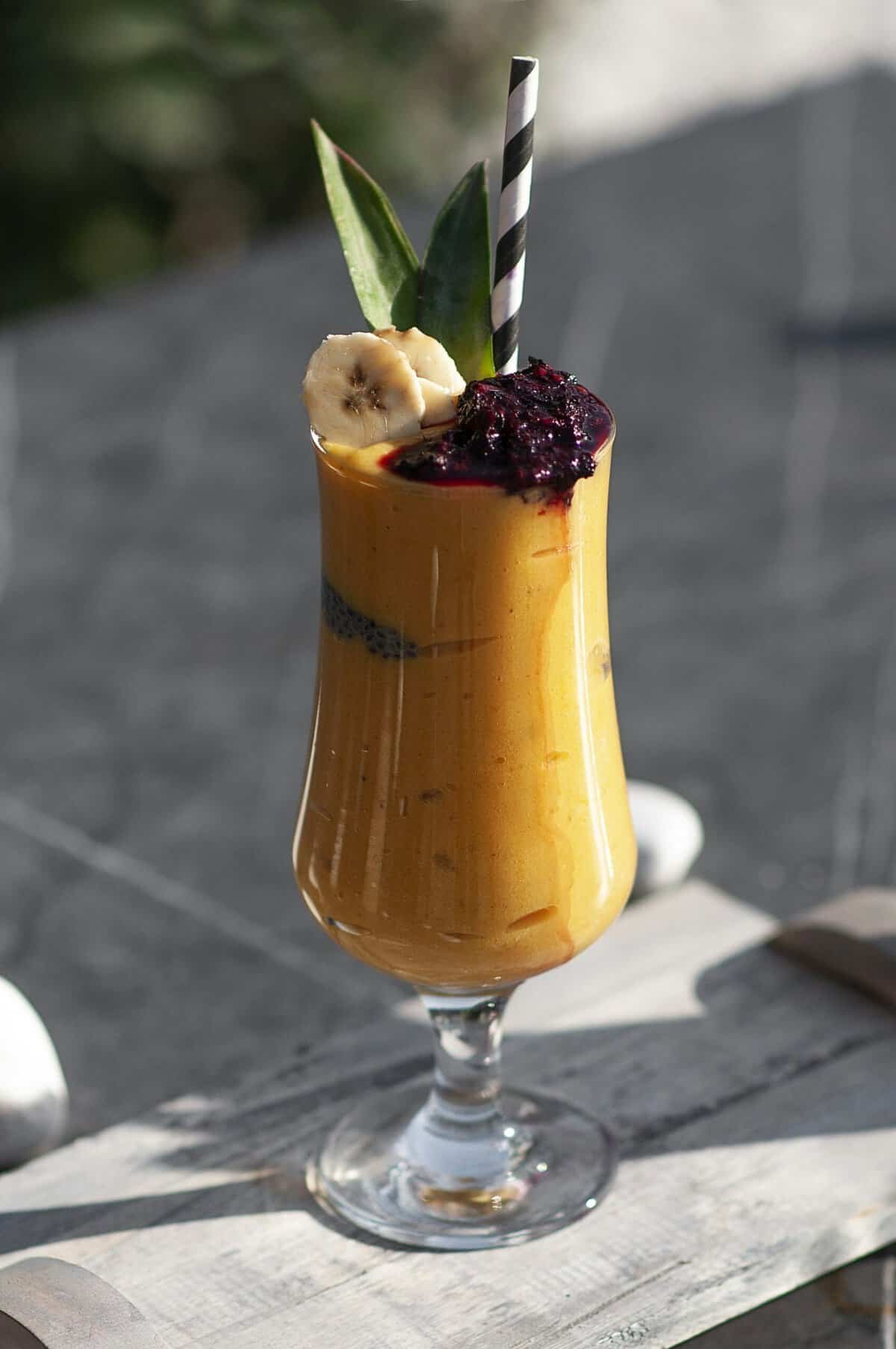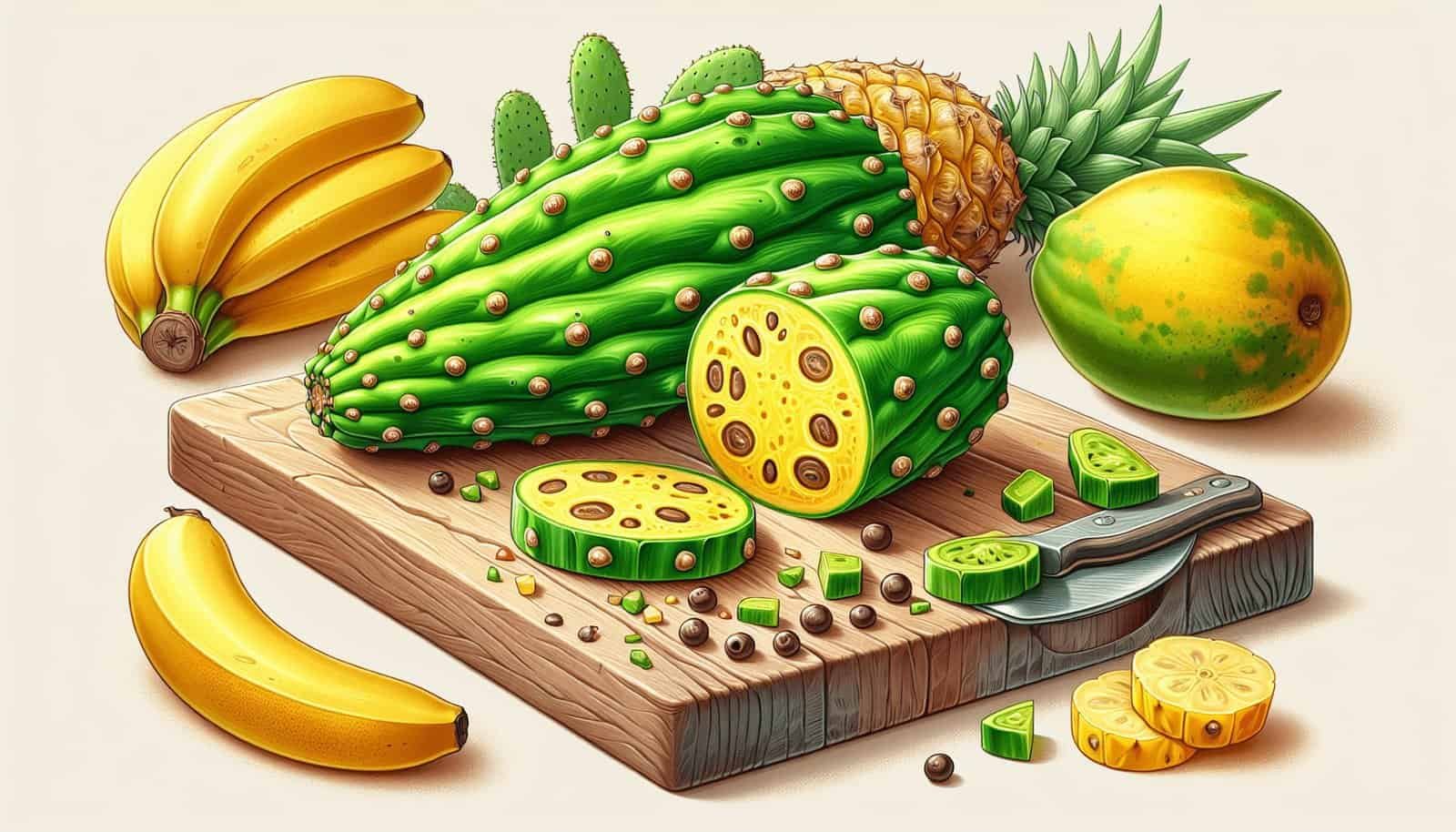Have you ever wondered how you can incorporate the nutritious nopal cactus into your daily smoothie routine? Preparing nopal cactus for smoothies might sound like a daunting task at first, but with a bit of know-how, you can blend up a healthy, delicious treat with ease. Nopal cactus, often referred to as prickly pear cactus, is a popular ingredient in Mexican cuisine, celebrated for its range of health benefits. Whether you’re looking to boost your immune system, improve digestion, or just try something new, introducing nopal cactus into your smoothies can be a rewarding adventure for your taste buds and overall health.
Understanding Nopal Cactus
Before you start chopping and blending, it’s important to get acquainted with nopal cactus. Known for its fleshy, paddle-like leaves, this succulent plant is prominently found in deserts and arid regions. Although it might seem unusual to think of a cactus as an edible plant, it’s a traditional food source in many indigenous diets, notably in Mexico.
Nutritional Benefits of Nopal Cactus
Nopal cactus is low in calories yet packed with essential nutrients. It contains vitamins like A, C, and K, along with minerals such as calcium, magnesium, and potassium. Furthermore, it’s high in fiber, which can help regulate digestion, reduce cholesterol levels, and stabilize blood sugar levels. Beyond that, it contains antioxidants that can support the body’s immune response and combat oxidative stress.
Health Benefits
Apart from providing essential vitamins and minerals, nopal cactus has been associated with several health benefits:
- Blood Sugar Control: Studies suggest that nopal cactus can help lower blood glucose levels, making it beneficial for individuals managing diabetes.
- Cholesterol Management: Regular consumption of nopal cactus may help in lowering bad cholesterol levels due to its fiber content.
- Weight Management: The fiber in nopal cactus can promote a feeling of fullness, which might support weight management goals.
- Anti-inflammatory Properties: Its antioxidants may help reduce inflammation, benefiting those with arthritis or other inflammatory conditions.
Selecting the Right Nopal Cactus
Choosing the right nopal cactus pads is crucial for achieving the best flavor and texture in your smoothies. Nopal pads are found in markets labeled as “nopales” and are usually sold fresh, though they can also be found canned or bottled.
What to Look For
When selecting fresh nopal cactus, you should aim for:
- Firmness: Look for pads that are firm and not too thick, ideally about quarter to half an inch.
- Color: Choose pads with a bright, vibrant green color. Avoid any that appear wilted or have black spots.
- Size: Smaller pads are generally more tender and palatable.

Preparing Nopal Cactus for Smoothies
The preparation process involves several steps to ensure that the cactus is palatable and free from any prickly spines.
De-spining
- Safety First: Wearing gloves is crucial as the cactus pads have tiny, hair-like spines known as glochids.
- Rinse Thoroughly: Start by rinsing the cactus pads under cold water to remove any loose dirt or small spines.
- Trim the Edges: Using a sharp knife, carefully trim the edges and outer layer of the pad.
- Remove the Spines: Scrape off the spines by holding the pad flat on a cutting board and using a sharp knife or vegetable peeler.
- Rinse Again: After all spines are removed, give the cactus pad another rinse to wash away any remaining debris.
Chopping
Once your nopal is clean:
- Slice the Pad: Cut the pad into strips or small cubes, depending on your preference for smoothie texture.
- Cook Briefly (Optional): Although not always necessary for smoothies, lightly cooking the nopal cactus can reduce its natural sliminess. You can briefly sauté it in a pan with a little water or steam it for a few minutes.
Incorporating Nopal Cactus into Smoothies
With the cactus prepped, it’s time to move on to the exciting part: creating delicious smoothie combinations.
Basic Nopal Cactus Smoothie Recipe
Here’s a starter recipe to get you going:
| Ingredients | Quantity |
|---|---|
| Nopal cactus | 1/2 cup, chopped |
| Frozen pineapple | 1/2 cup |
| Fresh spinach | 1 cup |
| Lime juice | 1 tablespoon |
| Water or coconut water | 1 cup |
| Honey or agave syrup | 1 tablespoon (optional) |
Instructions:
- Add all the ingredients to a blender.
- Blend on high until smooth.
- Taste and adjust sweetness if necessary.
- Pour into a glass and enjoy immediately.
Flavor Pairing Ideas
Experimenting with flavors is part of the fun of making smoothies. Here are some pairing ideas that complement the subtly tangy taste of nopal:
- Tropical: Combine with mango, banana, and coconut milk for a tropical twist.
- Berry Delight: Blend with strawberries, blueberries, and a touch of honey.
- Citrus Burst: Mix with oranges, lemons, and a hint of ginger.
Tips for Enhancing Nutrition
To boost the health benefits of your nopal cactus smoothie, consider adding:
- Proteins: Such as Greek yogurt or a scoop of protein powder.
- Healthy Fats: Like avocado or chia seeds.
- Superfoods: Including spirulina, flax seeds, or matcha powder.

Best Practices for Storing Nopal Cactus
Storing nopal cactus properly helps maintain its freshness and nutritional quality.
Storage Tips
- If you’ve prepped more nopal than needed, store it in an airtight container in the refrigerator for 3-5 days.
- For longer storage, blanch the chopped nopal for a couple of minutes, then freeze it in a single layer on a baking sheet before transferring it to freezer bags.
Frequently Asked Questions
Is Eating Nopal Cactus Safe?
Yes, consuming nopal cactus is safe and beneficial when prepared correctly. Ensure all spines are removed to prevent irritation.
What Does Nopal Cactus Taste Like?
Nopal cactus has a mild, slightly tart flavor reminiscent of green beans or asparagus. Its texture can be somewhat crunchy, adding an interesting dimension to smoothies.
Can I Use Canned Nopal Cactus?
Canned nopal cactus is a convenient alternative, though it may be slightly more acidic due to preservatives. Rinse it thoroughly before using to reduce any extra salt or acidity.

Conclusion
Trying something new can be a delightful way to enhance your culinary repertoire, and preparing nopal cactus for smoothies is no exception. By nourishing your body with this nutritious plant, you’re not only diversifying your diet but also embracing the myriad health benefits that come along. With this guide, you’re now equipped to confidently prepare and blend nopal cactus into smoothies that are as delicious as they are healthy. Enjoy your flavorful journey into the realm of nopal-infused beverages, and may your smoothies be forever revitalizing and refreshing.

